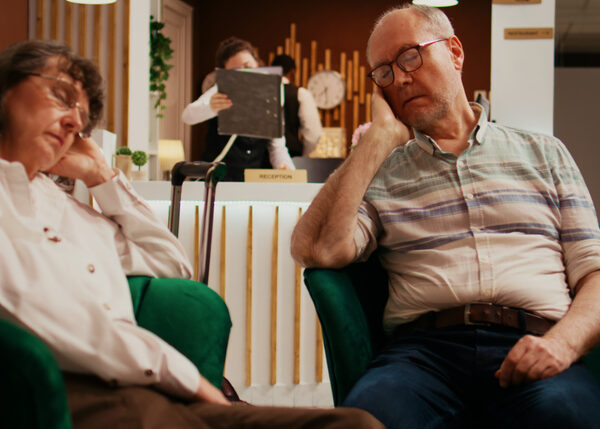Hip fracture as a result of a fall is one of the leading causes of hospitalization and loss of independence among the older population. Each year more than 300,000 seniors over the age of 65 are hospitalized in the United States for hip fractures and with a rapidly aging population, this number is expected to rise over the next 20 years.
Cutting the risk for falls is high on the list of priorities for health care providers, seniors and caregivers. And a new study from Spain has found that although risk factors are different for men and women, both sexes were less likely to suffer a hip fracture if they were coupled. However, women often have osteoporosis (a weakening of the bones) that makes them more likely to suffer a hip fracture as a result of a fall. Nearly one in two women over the age of 50 will break a bone as a result of osteoporosis, according to the National Osteoporosis Foundation.
The recent study, from the Zaragosa University’s Department of Preventive Medicine and Public Health, of more than 4,000 seniors over a period of 16 years attributed this decrease in the risk for hip fracture among seniors who were married or living with a partner to a lesser chance of being depressed or malnourished, along with a better likelihood of having support with a disability.
Risk Factors for Hip Fracture
- Smoking – reduces calorie intake and raises risk for osteoporosis
- Being underweight – risk factor for poor bone health
- Disability – reduced mobility affects muscles and bone loss
- Depression – among women, depression increased risk for fracture 44 per cent
- Illiteracy – women included in the study who were unable to read had a 50 per cent increase in risk of hip fracture.
- Vision problems
- Home hazards
- Medication interactions affecting balance
Prevention Tips to Reduce Risk
- Maintain muscle function and balance with regular exercise and strength training
- Have your eyesight tested
- Review medications with your pharmacist or doctor
- Limit or avoid alcohol
- Eating a diet rich in calcium and protein
- Consume Vitamin D – 800 International Units daily
- Remove trip hazards such as throw rugs around the home
- Install good lighting and grip bars in bathrooms or hallways
Source: Centers for Disease Control and Prevention
To learn more about the prevention of falls and fractures, visit the National Institute of Health Osteoporosis and Related Bone Diseases National Resource Centers by following this link.






Add Your Voice
0 Comments
Join the Discussion